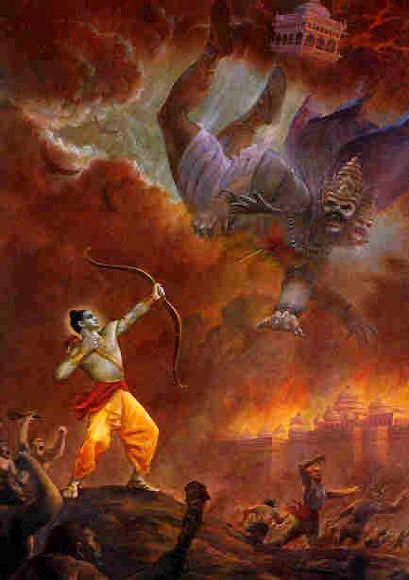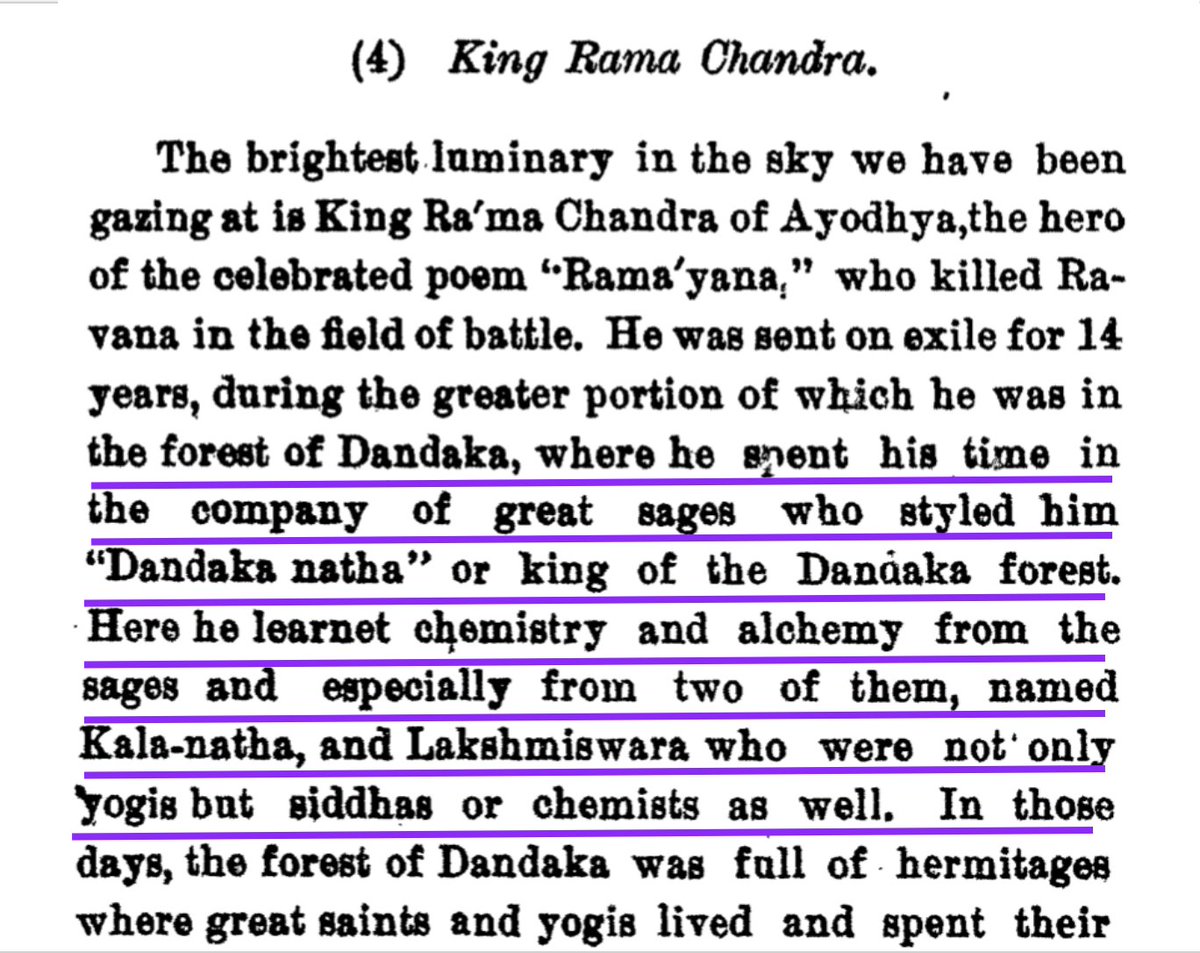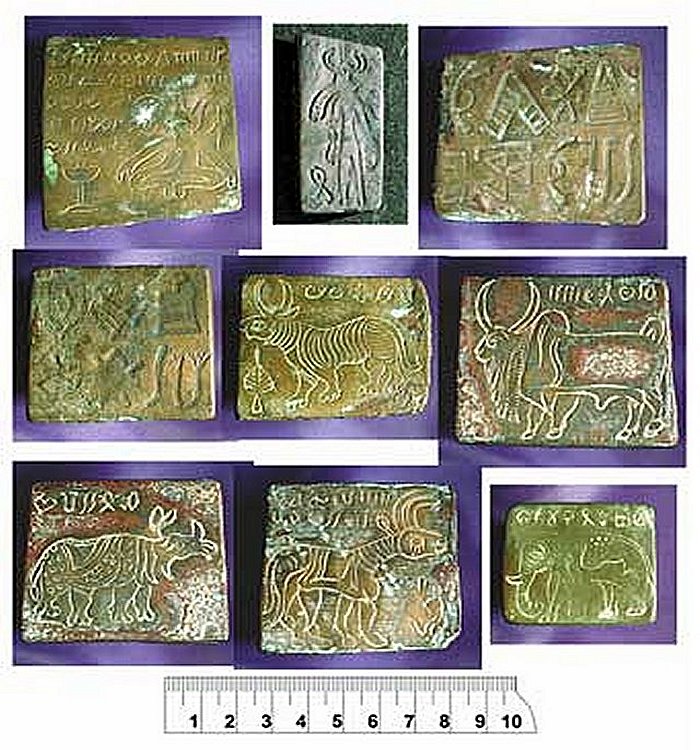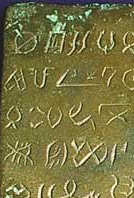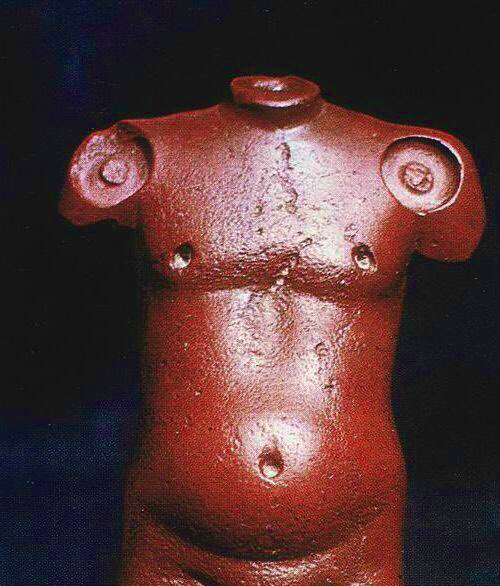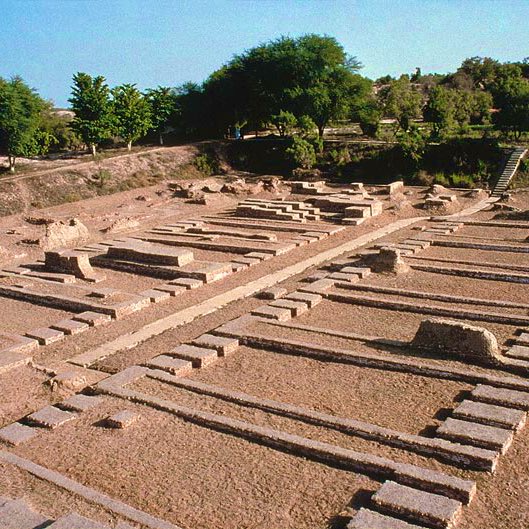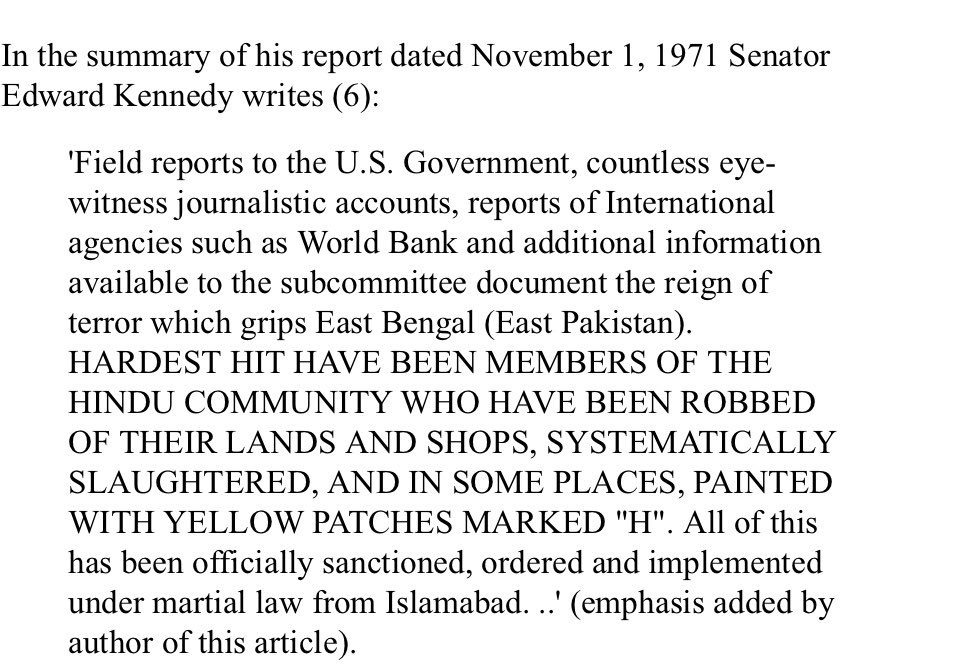
1/n Kishori Saran Lal (1920–2002), better known as K. S. Lal, was an incredibly meticulous researcher & historian who was an expert on the impact of Islam on the history of India. He estimates 80 million Hindus were killed during the centuries of Islamic rule.
2/n He illustrates this by describing the increasing proportion of Muslims in India’s population.
“In 1000 CE, Muslim numbers in India were microscopic. In 1200 they were about 3 to 4 hundred thousand. By 1400 their number had risen to 3.2 million”
“In 1000 CE, Muslim numbers in India were microscopic. In 1200 they were about 3 to 4 hundred thousand. By 1400 their number had risen to 3.2 million”
3/n “They formed about 1.85 percent of the total population. In 1600 they were probably 15 million.”And from the 1:9 to 1:10 Muslim-Hindu ratio in 1600 the proportion of Muslims to Hindus had gone up to about 1:7 by the year 1800...
4/n By 19th c., the Muslim-Hindu ratio stood approx. at 1:6.... By the end of the 19 c., the ratio had changed to 1:5. Stanely Lanepoole, in “Medieval India” rightly observes: “The population of India in the present day is over 300 million, and every 6th person is a Muslim.”
5/n
Above Excerpts were taken from “The legacy of Muslim Rule in India “ by KS Lal.
Above Excerpts were taken from “The legacy of Muslim Rule in India “ by KS Lal.
• • •
Missing some Tweet in this thread? You can try to
force a refresh

